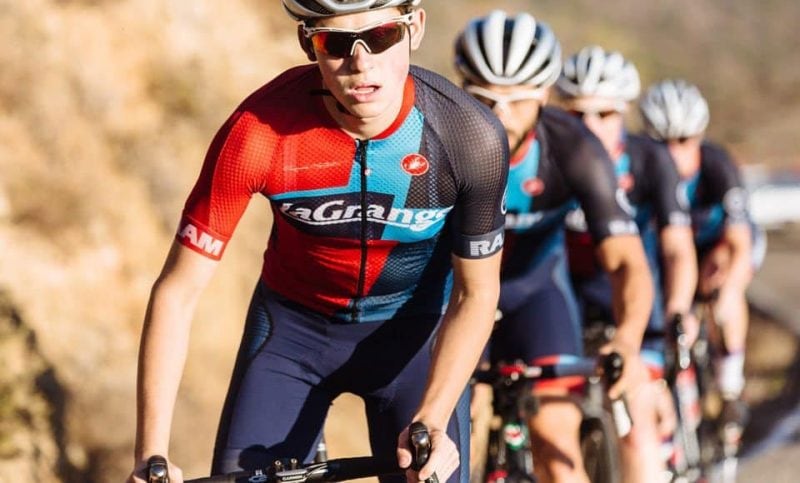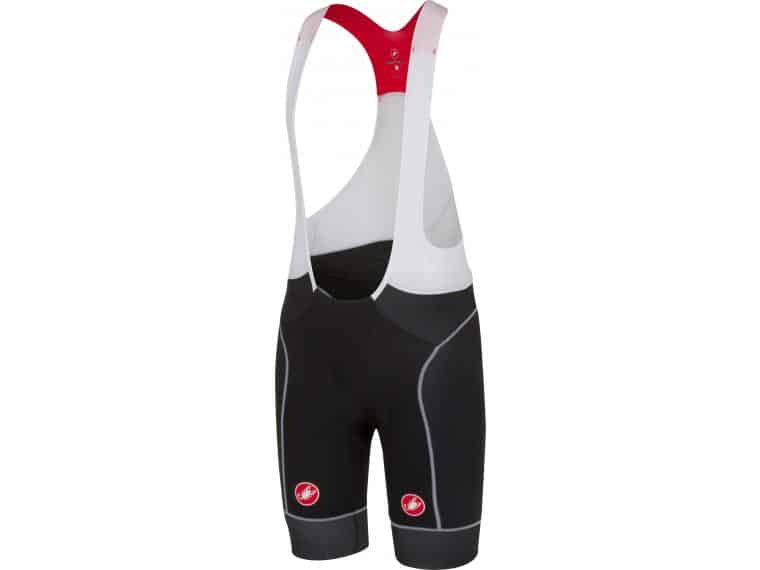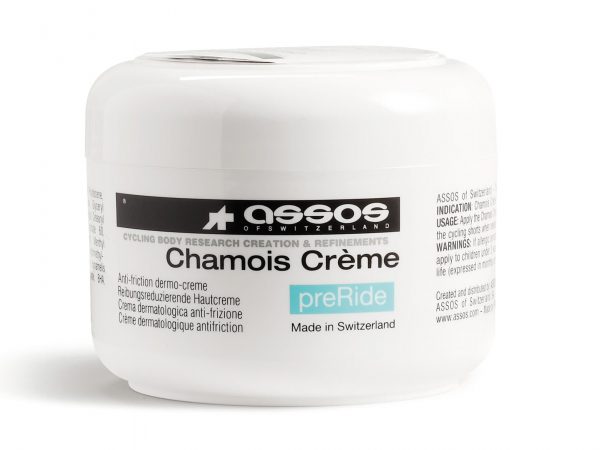How to Choose the Right Bib Shorts?
Comfort when pedaling upwards of several thousand times while balancing your body weight on a bike saddle is vital. Any discomfort in this region and you’re not going to enjoy yourself.
A good quality pair of cycling bibs that fit well can make or break your riding experience than your bike, tires, and just about anything else. You’re probably asking questions like,
- What should I look for in a pair of cycling bibs?
- How thick should the chamois be?
- How should the fit be like?
On this page, I’ll cover the 6 things to consider when buying your next pair of cycling bibs.
On This Page
Cycling Bibs vs Shorts
You’ll probably have noticed that there are various lengths when it comes to cycling shorts. So, what’s the difference between them, and what type of riding are they suited for?
Let’s take a closer look at the differences between cycling shorts, bib shorts, and bib tights.
Shorts
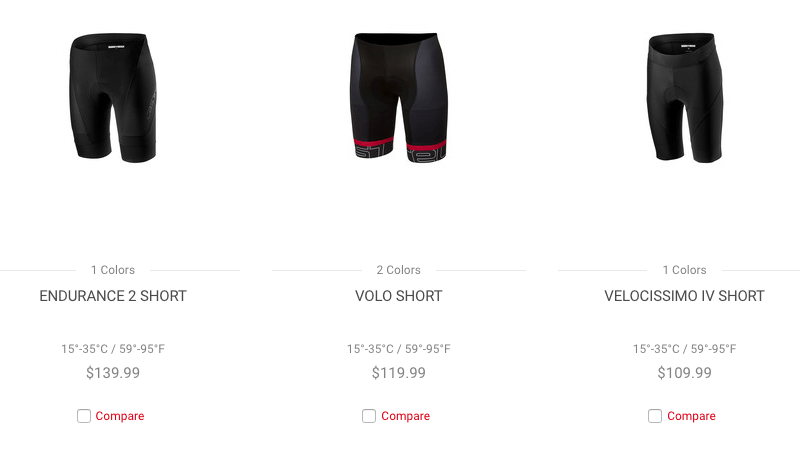
Cycling shorts or some would call it waist shorts, depend on an elasticated waistband to keep them in position. They were very popular up until the 1980s among road cyclists until Castelli invented the cycling bibs (more on this below).
- Pros : Cheaper than cycling bibs and easier to remove for a toilet break.
- Cons : Not as comfortable without the shoulder strap support.
Bib Shorts
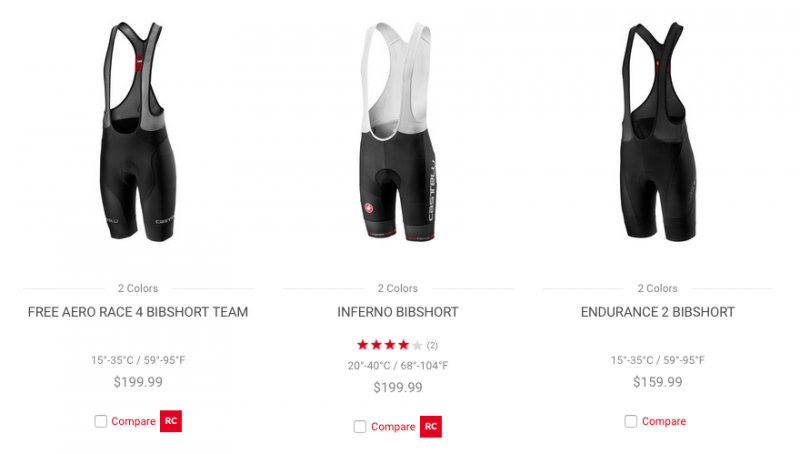
First introduced by Castelli in the 1980s, bib shorts come with shoulder straps that provide better fit, comfort, and support when you’re in the hunched position on the bike.
At first glance, most bib shorts would probably look the same, but if you look closer, each and every brand differs in many ways.
The shoulder strap placement, high or low cut, grippers, fit, materials are among the places where each brand tries to differentiate itself to cater to a different type of cyclist.
Having said that, bib shorts are the number one choice for of road cyclists today.
- Pros : Fits and stays in place. Very little movement.
- Cons : More expensive and inconvenient for a mid-ride toilet break.
Bib Tights
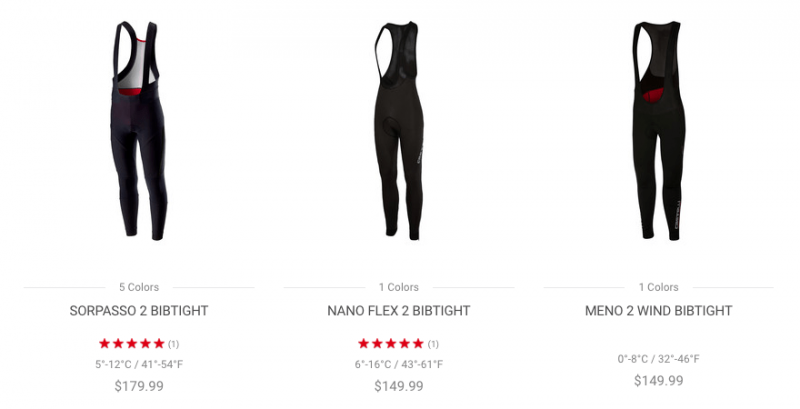
Bib tights are essentially the longer version of bib shorts.
They’re meant to be worn during the colder months. Depending on how cold it gets in your local area, there is a choice of a full length vs 3/4 length bib tights.
Full-length bib tights extend all the way to your ankle, while a 3/4 one will extend to just below your knees. The majority of them would also include an inner fleeced layer to keep you warm.
To ensure it’s easier to put on, some bib tights will include a zipper at the bottom. One such example is the Castelli Velocissimo bib tights.
- Pros : Full leg protection for the colder months.
- Cons : Can be expensive and hard to put on.
Fabric Materials
First introduced by Castelli in the 1980s, bib shorts come with shoulder straps that provide better fit, comfort, and support when you’re in the hunched position on the bike.
At first glance, most bib shorts would probably look the same, but if you look closer, each and every brand differs in many ways.
The shoulder strap placement, high or low cut, grippers, fit, materials are among the places where each brand tries to differentiate itself to cater to a different type of cyclist.
Having said that, bib shorts are the number one choice for of road cyclists today.
- Pros : Fits and stays in place. Very little movement.
- Cons : More expensive and inconvenient for a mid-ride toilet break.
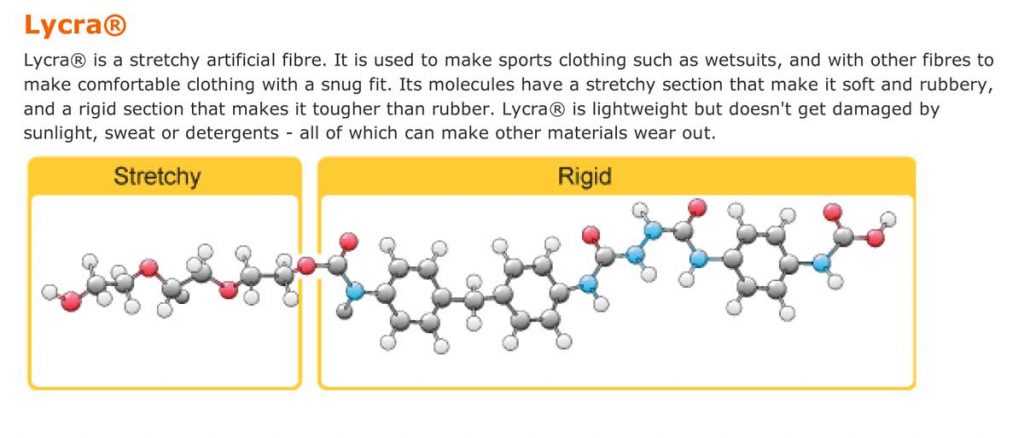
It wasn’t until the 1970s that spandex was used in cycling bibs. The term spandex (or also referred to as elastane) and lycra is used inter-changeable today. They’re actually the same thing.
Lycra is the brand name registered to DuPont Manufacturing for its spandex.
Spandex is the main material used in cycling bibs today.
You’ll probably noticed that many cycling bibs today, especially those mid to high-end ones, use a combination of spandex with other complexes, technical sports materials such as Polyamide (nylon) and Polyester.
That’s because spandex, while being stretchy, isn’t very breathable, and that’s not ideal if you’re sweating buckets during the summer. The combination of spandex and other materials improves fit and comfort, breathability, reduces heat absorption, and blocks the sun’s UV rays.
For spring, autumn, and winter bibs, you’ll find the inner layers are fleeced, and the overall materials are thicker. This is meant to block the chilly effects of the wind and keep your lower body warm.
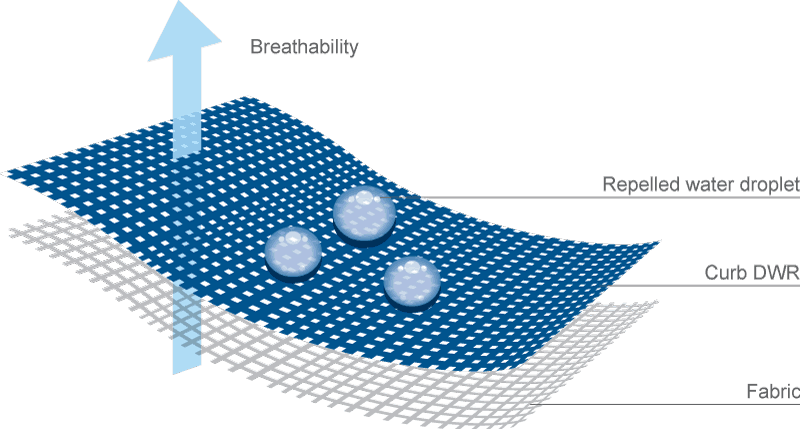
For wet weather bibs such as the Castelli Nanoflex Pro and Sportful Fiandre NoRain, the outer layer is treated with a Durable Water Repellent (DWR) coating to make it water-repellent. They’re sufficient for light to medium showers but not for heavy downpours as they’re not fully waterproof.
Fit and Sizing
Fit and comfort everything when selecting bib shorts. It’s also a very personal thing and differs for everyone.
You’ll often come across that someone who owns a few pairs of the same cycling bibs. Once you’ve found the ideal bibs, you stick to them.
Sizing-wise, Italian brands such as Castelli and Sportful typically come up a size smaller than the others. Some would call this Euro sizing.
If you’re buying online, the first place to look is obviously the sizing chart. But don’t rely on that alone as it can be misleading at times.
This is very useful information that you can use to compare against yourself.
Also keep in mind that while the sizing chart applies for all models within the same brand, the fit could differ due to its cut. You might come across terms like race (tight fit) or endurance (more forgiving and comfortable fit).
Geek Tip : Look at the customer reviews and you’ll often find people giving feedback and include their height, weight, and size in it.
Chamois Pad Design
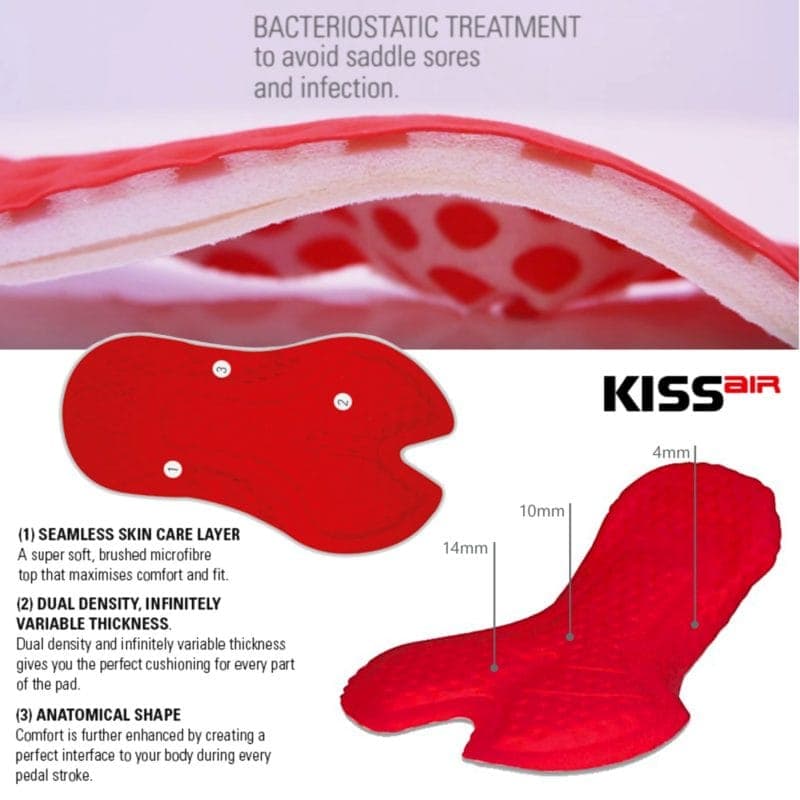
Like fit and sizing, chamois (also known as pads, or seat pads) is also a very personal thing.
Traditionally, chamois were made from leather, usually from sheepskin and subsequently deerskin. It’s only in the 1980s that Castelli developed a non-leather chamois and in the past 30 years, we’ve seen major improvements in the chamois we have today.
The chamois have a lot of work to do. It provides a layer of padding and support between your pelvic bones, crotch, and your saddle.
Besides that, it also has to wick sweat effectively to prevent bacterial build-up which could potentially lead to chaffing. Some cyclists also use chamois cream to prevent saddle sores, especially for longer rides.
Geek Tip : These days, chamois come in various thicknesses, providing you with maximum padding and support at specific places that need them most.
Leg Grippers Design
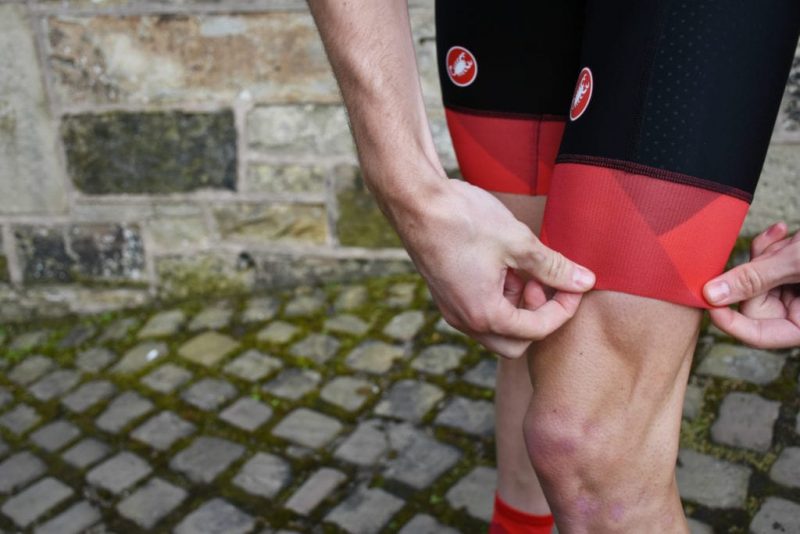
Grippers hold the bibs in place and stop them from riding up or down with every pedal stroke. You’ll notice that the bottom end of the bib is significantly tighter.
While each clothing brand takes a different approach to grippers, they all achieve a similar goal. The gripper is usually made of soft silicone that grips the skin. In a good pair of bibs, you probably won’t feel it’s there.
Number of Panels and Seams
It’s easy to differentiate between a high vs low-quality pair of bib shorts by looking at the seams.
Some bibs, especially low-quality ones are manufactured with as many as 12 individual panels so the placement of the seams is very important to minimize the chances of chaffing.
Flat or protected seams mean the bibs have been manufactured to keep the stitching or join away from the skin and are mostly more comfortable but you will never know until you try them on.
Geek Tip : A high-quality bib short will have minimal to no seams at all. The intent is to avoid chafing where two panels are sewn together and is a very important element of overall fit and comfort.
Author Recommended Reads

